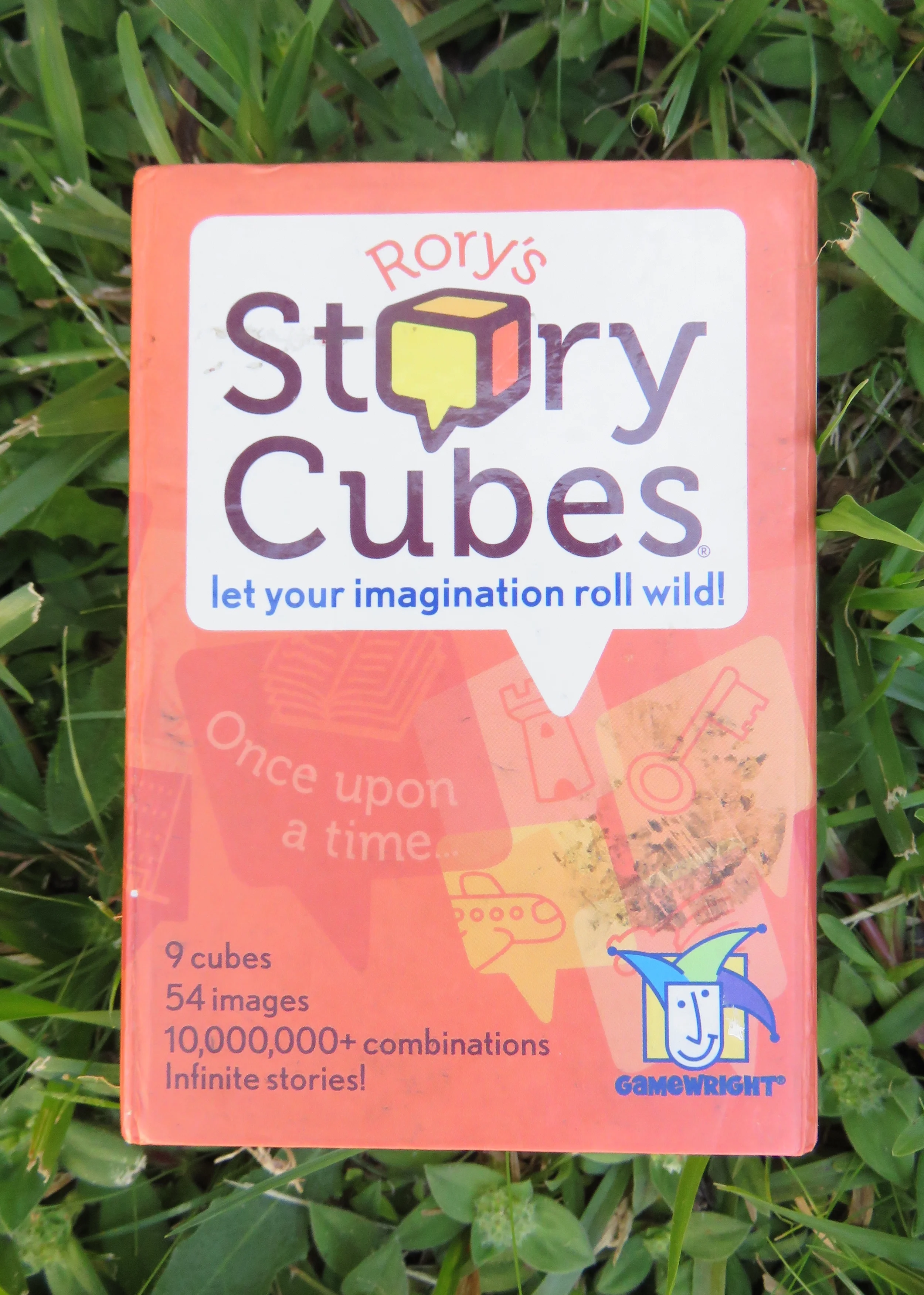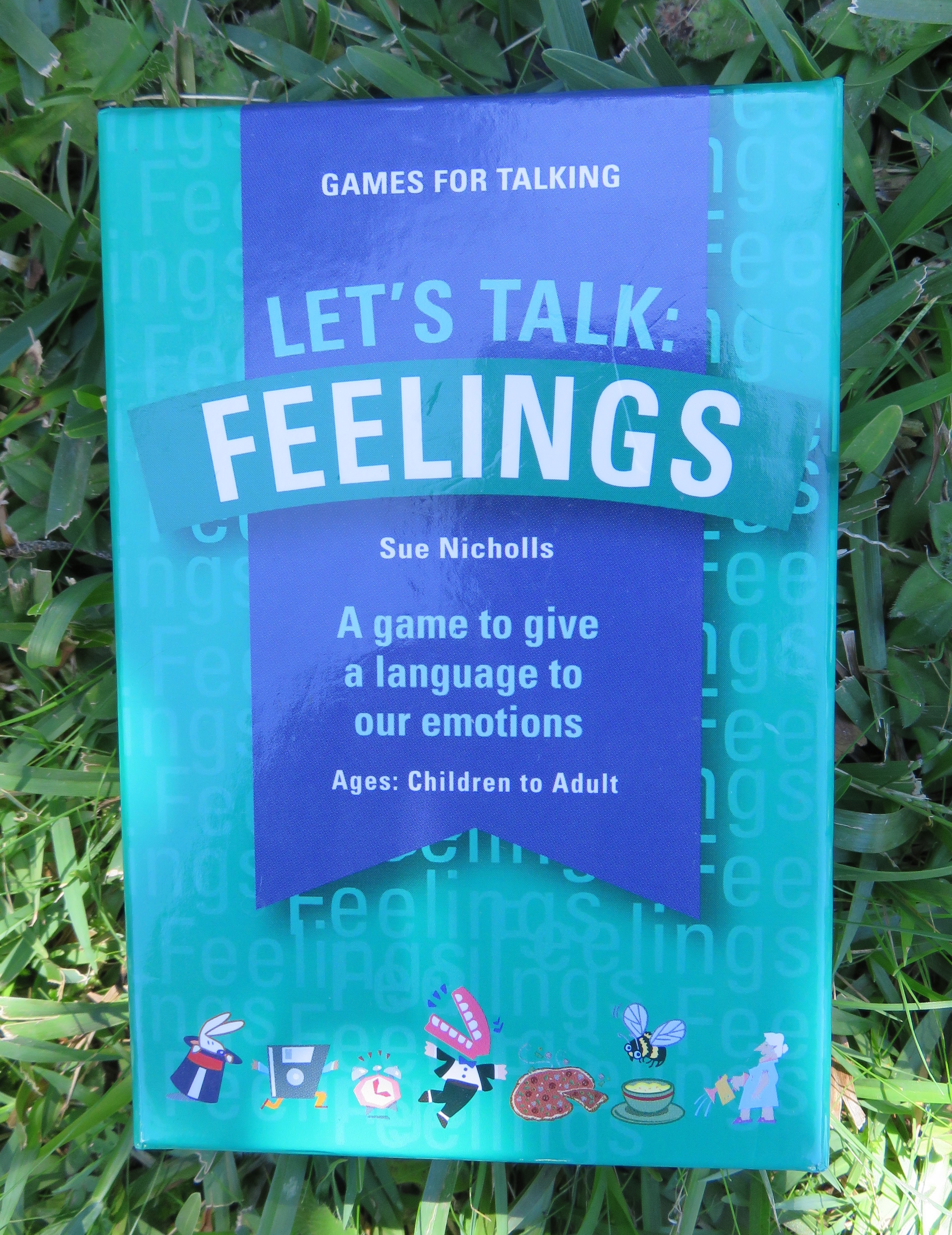The evening meal….a time to relax together as a family and enjoy good food, seasoned with conversation about the day. In my dreams! The reality is that mealtimes with our dear children can be taxing. Niggling between siblings, rude interruptions to conversations, parents becoming upset about 'caveman-like' eating practices, and suspicious trips to the toilet are the norm for most families. Then comes the dreaded, "How was school today?" question, which seldom brings more than a one word response (or a grunt). At the end of the day, when everyone is tired and hungry, things can flare up very quickly.
This is especially the case for those who have one or more children on the autistic spectrum. The first challenge is coaxing them to stop what they are doing – to put down that riveting book, or to stop that game. Next, the family has to weather the meltdowns if the 'chef' for the evening has dared to mix up any food on the plate, or to place food on anyone’s plate that they do not like (since many ASD kids are not only super-tasters but super-‘smellers’ as well!). Then, if the day happens to be "Taco Tuesday" or "Pizza Friday", and the 'chef' has failed to produce that greatly anticipated routine meal, the whole world may just come to an end!
Unfortunately, there are no quick solutions to the dinnertime circus, but there are simple things you can do, not only to lift the mood and provide a pleasant distraction, but to make the whole experience something that will actually help your children throughout their lives. We can actually begin, at the dinner table, to help our children become more comfortable with the emotions they find inside themselves and in others.
So, why is it so valuable to begin tackling the issue of emotions at the dinner table? In his book, “Raising an Emotionally Intelligent Child”, John Gottman, a professor of psychology at the University of Washington, states that, in preparing our children for life, our “love by itself” is not enough (p 17). The secret to great parenting, he says, lies in how you interact with your children when their emotions run hot (p 16). It is in this context that our children begin to develop their "emotional intelligence", or their ability to identify and manage their own emotions and respond to the emotions of others. It has been shown that "emotional intelligence" has a big impact on one's general wellbeing throughout life, including one's employment prospects. It influences one's ability to handle negative feelings without turning to things like drugs, alcohol and violence.
Interactions between parents and children, of course, take place all the time and not just at mealtimes. But, provided our children feel loved and accepted at home, the dinner table is a place where we can make a start on improving the quality of our interactions. This can be achieved by helping our children grow in their ability to talk comfortably about their feelings and the feelings of others – something called “emotional literacy”. Without this emotional literacy in one’s family of origin, even a trip to a psychologist can end with a child in a sea of tears and anxiety, or hiding behind the couch, overwhelmed by emotions he/she doesn't understand.
For kids on the spectrum, it is even more crucial for their parents to explore their emotional worlds with them. These are the children who often find themselves living on a roller coaster ride of extreme emotions that they don’t understand. According to Bill Nason, who has worked with children with behavioural problems and various disabilities for over thirty years, the problem lies in the children struggling to identify and label their emotions. This leads to them being unable to appraise the nature and intensity of the emotions, making them prone to over-exaggerating the threat of their emotions, which causes them to panic and overreact (p 279 ). So it makes sense for parents to focus on helping their children identify and label emotions, and this process can most certainly begin at the dinner table, where families can engage in fun activities which bring emotions into the conversations in a non-threatening way (see the suggested activities below).
Don't be tempted to think that the children will learn what they need to at school. The pressure on schools to nurture the ‘academic’ side of our children, and to get the children through an already dense curriculum, means that there is little time to devote to social and emotional skills. Hopefully, this will change, but in any case, the unique relationship we have with our children makes us more qualified than anyone else to be their emotional coaches. According to Daniel Goleman, author of "Emotional Intelligence", “Family life is our first school of emotional learning”. So let's take up the challenge and transform our family mealtimes into something beautiful and worthwhile (remembering that beautiful does not equal 'perfect')!
“Emotion based” Activities for Mealtimes - Our Family's Top Picks
1) REFLECTING ON IMAGES
A very simple thing you can do at dinner time is to place an image of some sort in the middle of the table to generate discussion. You can make these yourself, or purchase packs such as “Picture This” (above) which contains a series of interesting photographs, or “Reflexions” (below) which contains images stamped with words such as “confused”, “anxious” and “disgusted”. For younger children, “Bright Spots” is a series of bright drawings, each containing a 'sentence starter' such as “Sometimes I’m jealous of…”, “My funniest memory is…”.
2) TELLING STORIES & LISTENING TO STORIES USING "STORY CUBES"
“Story Cubes” is a pack of nine dice covered in a variety of images to spark one’s imagination and help anyone to tell a story. With a roll of the dice, your material is set out for you in the form of nine little random images. You can modify the game and ask your children to talk about the feelings of one or two characters in the stories they create. This was our family favourite for a long time.
3) PLAYING THE “LET'S TALK FEELINGS” GAME
This game is an excellent resource for helping us develop a language for our emotions. It contains conversation starters such as, " You boast about your achievements. How might the other person feel?" or "Your friend ignores you. How would you feel?".
4) READING BOOKS ALOUD
Books can be a great catalyst for conversations about feelings, and you can read to children from infancy through to adolescence. There are many wonderful books out there that deal with difficult emotions. One of my favourites, by Kate DiCamillo, is "The Tale of Despereaux", which takes the reader on a soul stirring journey with a tiny little mouse with huge ears. If this isn't your cup of tea, you can follow the ups and downs of a china rabbit in "The Miraculous Journey of Edward Tulane", by the same author. Refer to John Gottman's book (see references below) for a complete list of suitable books for all ages.
For shorter stories for children from about 10 years old, that you can listen to or watch in one sitting, I recommend the creative and humorous stories by Sarah Hatherley, to be used with her discussion guide and her activity sheets. Sarah wrote these books specifically to encourage young people to talk about unpleasant emotions, as a way of beginning the process of learning how to manage emotions. They can be found here:
5) ALWAYS HAVE YOUR EMOTIONARY APP HANDY
As we navigate the emotional world with our children, it is always handy to have a dictionary of emotions with us on the journey. The iPhone/iPad App, "Emotionary" is a dictionary, and more. Developer, Sarah Hatherley has created the app, keeping in mind that a key stumbling block, for adults and children alike, is not having a rich vocabulary to describe their feelings. The app helps people look beyond the primary emotions to the more complex feelings behind them. For instance, red hot anger has a whole spectrum of shades - annoyed, frustrated, cranky, cross, dissatisfied, and so on. Using the appropriate words is particularly helpful in adversarial situations and helps children self-regulate. The app also has a great feature which allows children to draw a "selfie" depicting the emotion they are experiencing.
I do hope that the meals you share around the family table will be memorable, and that you would enjoy them as a "golden opportunity" to plant the seeds which will help grow your children's emotional intelligence throughout their lives.
Erika O'Brien
REFERENCES
(1) Gottman, J & Declaire, J. (1997) Raising an Emotionally Intelligent Child. New York: Simon & Schuster Paperbacks.
(2) Nason, B. (2014) The Autism Discussion Page on Anxiety, Behavior, School, and Parenting Strategies. London: Jessica Kingsley Publishers.
(3) Goleman, D (1995) Emotional Intelligence. New York: Bantam.









